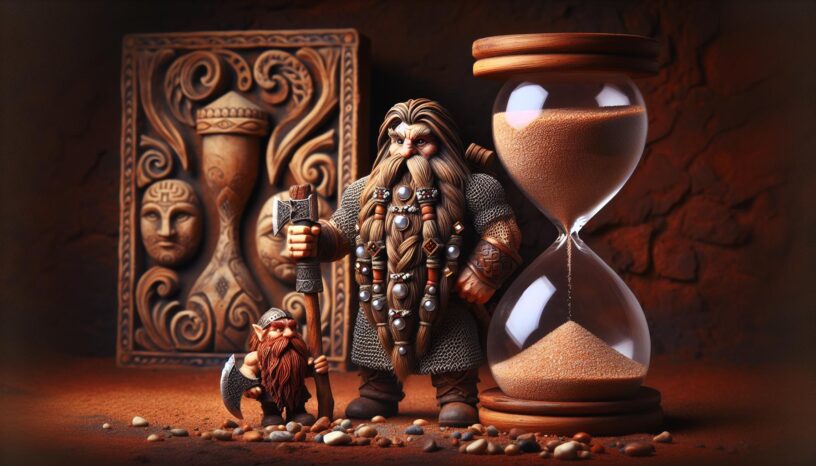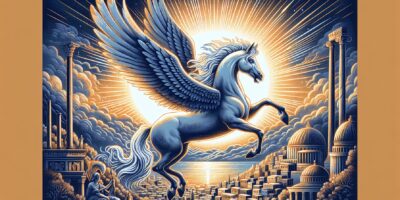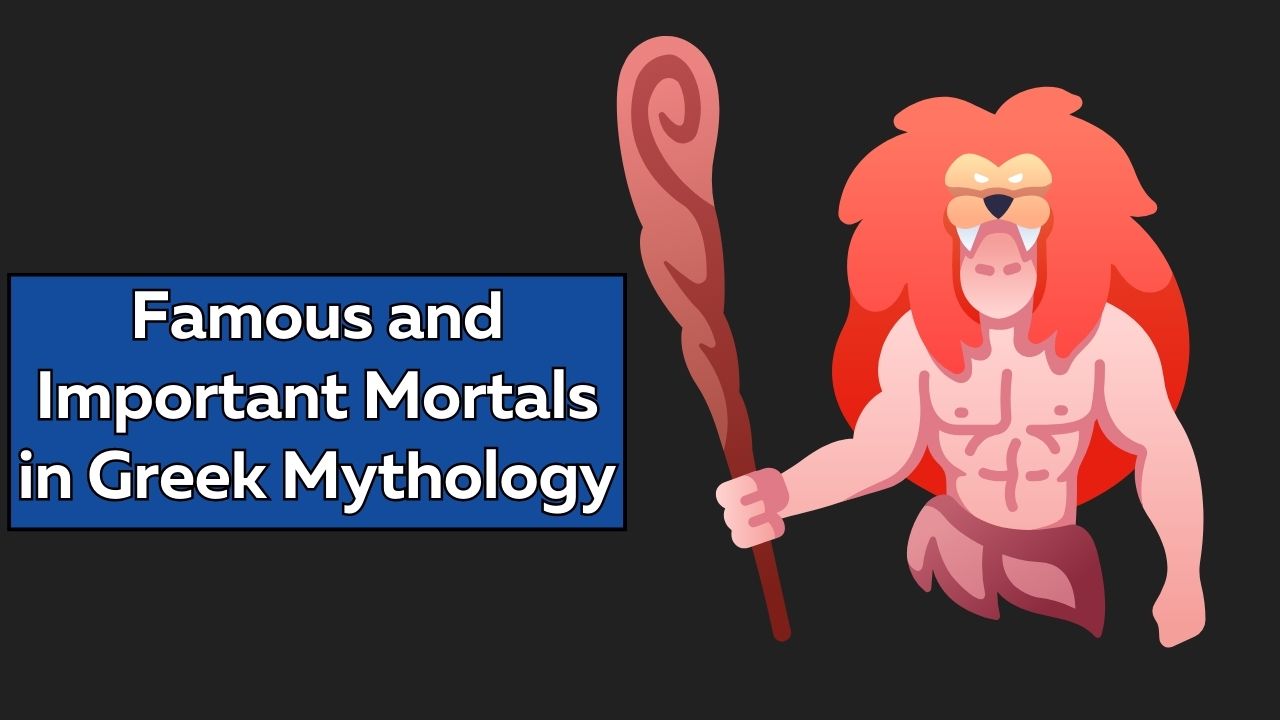Introduction:
For centuries, people have been fascinated by the idea of dwarves and their extraordinary lives. From fairytales to fantasy novels, dwarves have been the central characters in many stories, often described as wise and hardy folk. But how long do dwarves live really? How long is the average lifespan of dwarves? This article aims to answer these questions and explore other aspects of dwarf lifespans, such as age ranges, potential diseases, and cultural variations.
Point 1: The Average Lifespan of Dwarves
1. Average Lifespan: The average life expectancy of dwarves is estimated to be between 35 and 50 years, although some dwarves have been reported to live much longer. Dwarves tend to need fewer calories than most people and have a much lower average body mass, so they often experience less wear and tear from the physical activities which can affect human lifespan.
2. Age Range: The age range of dwarves also varies significantly. Young dwarves can typically live up to 60 years and the oldest reported dwarves have been known to reach 100 years of age. Dwarves can reach maturity at around 12 to 16 years of age, although task-specific activities may depend largely on how well they had been educated.
3. Diseases: Dwarves unfortunately experience more health issues than non-dwarf populations, such as bone problems, hearing loss, and vision problems. These can restrict their lifespan, most commonly in the later part of their life. Dwarfism can also be associated with increased rates of certain diseases such as heart disease and diabetes, which can also shorten lifespans.
Point 2: Cultural Variance in Dwarf Lifespans
1. Ancient Dwarves: In ancient times, dwarves were looked upon in much higher regard than they are today, with many cultures actually seeing them as sacred and important figures. This could have resulted in them not having to follow the typical labors of a human, resulting in a much longer average lifespan for dwarves at that time.
2. Recent Dwarves: In modern society, dwarves have the same rights as non-dwarf people with regards to work, healthcare and other aspects of life. This gives them more of an equal footing in average lifespan compared to non-dwarf people, resulting in the estimates given in the introduction.
3. Medieval Dwarves: Dwarves in the medieval period often found themselves at a disadvantage to non-dwarf people, as they were thought to be unlucky or cursed. This caused them to be treated poorly, with little respect, and few opportunities in terms of work and education. With this being the case, the average lifespan of dwarves at the time would have certainly been lower than it is today.
Point 3: Dwarf Lifespan in Fiction
1. Fantasy Novels: Dwarves in fantasy novels are often described as wise and powerful, but also as incredibly long-lived. While this is largely for the sake of storytelling and plot devices, it is interesting to note that the average dwarf lifespan in fantasy could be said to represent an even longer lifespan than in real life.
2. Fairy Tales: Dwarves in fairytales often live a seemingly eternal life in comparison to their human counterparts. This is used to contrast the perceived frailty and mortality of humans with the seeming permanence of dwarves – their wisdom, hardiness, and longevity a representation of some ideas of perfection.
3. Other Races: While dwarves are often portrayed as the longest-living of races in fantasy, other races such as elves and orcs often outlast them in terms of age. Some elves have been said to live up to 1000 years, while orcs are said to have lifespans closer to that of humans.
Point 4: Biological Variation in Dwarf Lifespans
1. Reduced Height: One of the most obvious biological differences between dwarves and non-dwarves is height. The shorter a person is, the more likely they are to have a shorter lifespan, and dwarves are no exception. Dwarves also have a much lower body mass, with men typically ranging between 120 and 130 pounds and women between 110 and 120 pounds.
2. Disproportionate Limbs: In addition to the shorter stature, dwarves also typically have disproportionately large arms, hands, and head relative to their body size. This can cause some difficulties in maintaining balance, which could contribute to higher injury and mortality rates.
3. Abnormal Hormone Levels: Dwarves typically have higher levels of certain hormones than normal people, such as growth hormone and follicle stimulating hormone. This can lead to physical deformities which can affect how they live and ultimately how long they live.
Point 5: Dwarfism Diseases
1. Achondroplasia: Achondroplasia is the most common form of dwarfism, and it is caused by a genetic mutation that affects bone growth. People with achondroplasia typically experience shorter-than-average life expectancies due to complications related to the condition, such as breathing difficulties.
2. Spondyloepiphyseal Dysplasia: Spondyloepiphyseal dysplasia is another type of dwarfism, caused by an abnormality in cartilage development and bone growth. This can lead to joint pain, reduced mobility, and a shortened lifespan due to the increased health risks.
3. Turner Syndrome: Turner Syndrome is a genetic condition in which a person is born with only one X chromosome. Although not technically a form of dwarfism, it is associated with reduced growth as well as a shorter lifespan due to the increased risk of heart disease and other health problems associated with the condition.
Point 6: Other Potential Factors Affecting Dwarf Lifespans
1. Diet: Dwarves typically require fewer calories than non-dwarf people, meaning they can benefit from a healthier diet – one with fewer processed foods and more fresh produce. This can result in a longer average lifespan, as unhealthy eating habits can lead to health problems.
2. Environment: Dwarves can be particularly susceptible to certain environmental factors, such as air and water pollution. This can lead to increased health risks and reduced lifespans as a result.
3. Genetics: Dwarves often suffer from genetic diseases and conditions which can reduce their average lifespan. It is important to note that certain conditions can be passed from one generation to the next, making it important for parents to be tested for potential issues which may affect their children.
Conclusion
The average lifespan of dwarves is estimated to range between 35 and 50 years, although this can vary based on cultural, biological, and environmental factors. Dwarves can reach maturity at around 12 to 16 years of age, and the oldest reported dwarves have reached 100 years old. Dwarves unfortunately experience more health issues than non-dwarf populations, such as bone problems, hearing loss, vision problems, and increased rates of certain diseases. It is important to address these issues and strive for an equal footing in terms of health and opportunity for dwarves, as this could potentially improve their average lifespans.







Leave a Reply